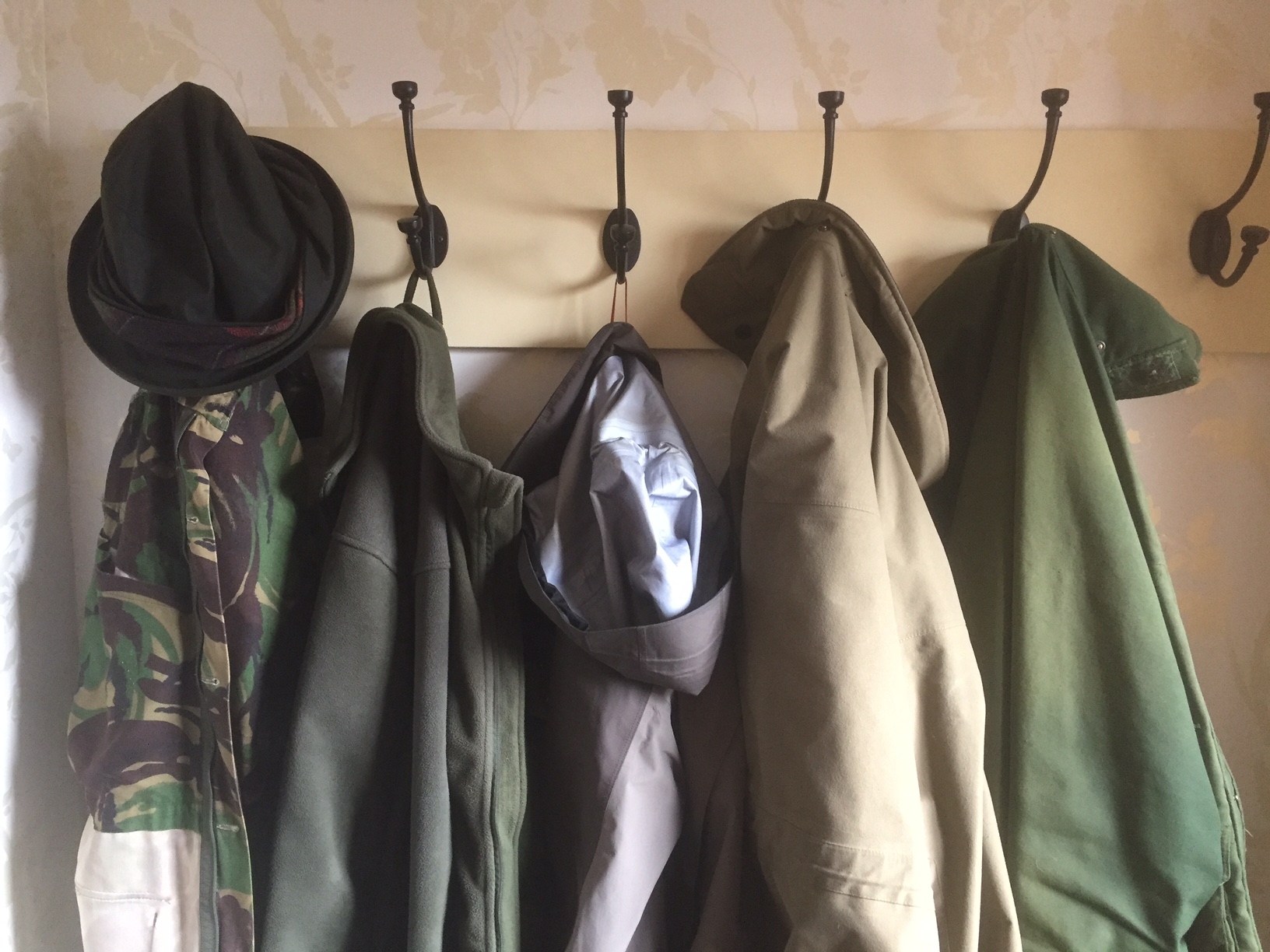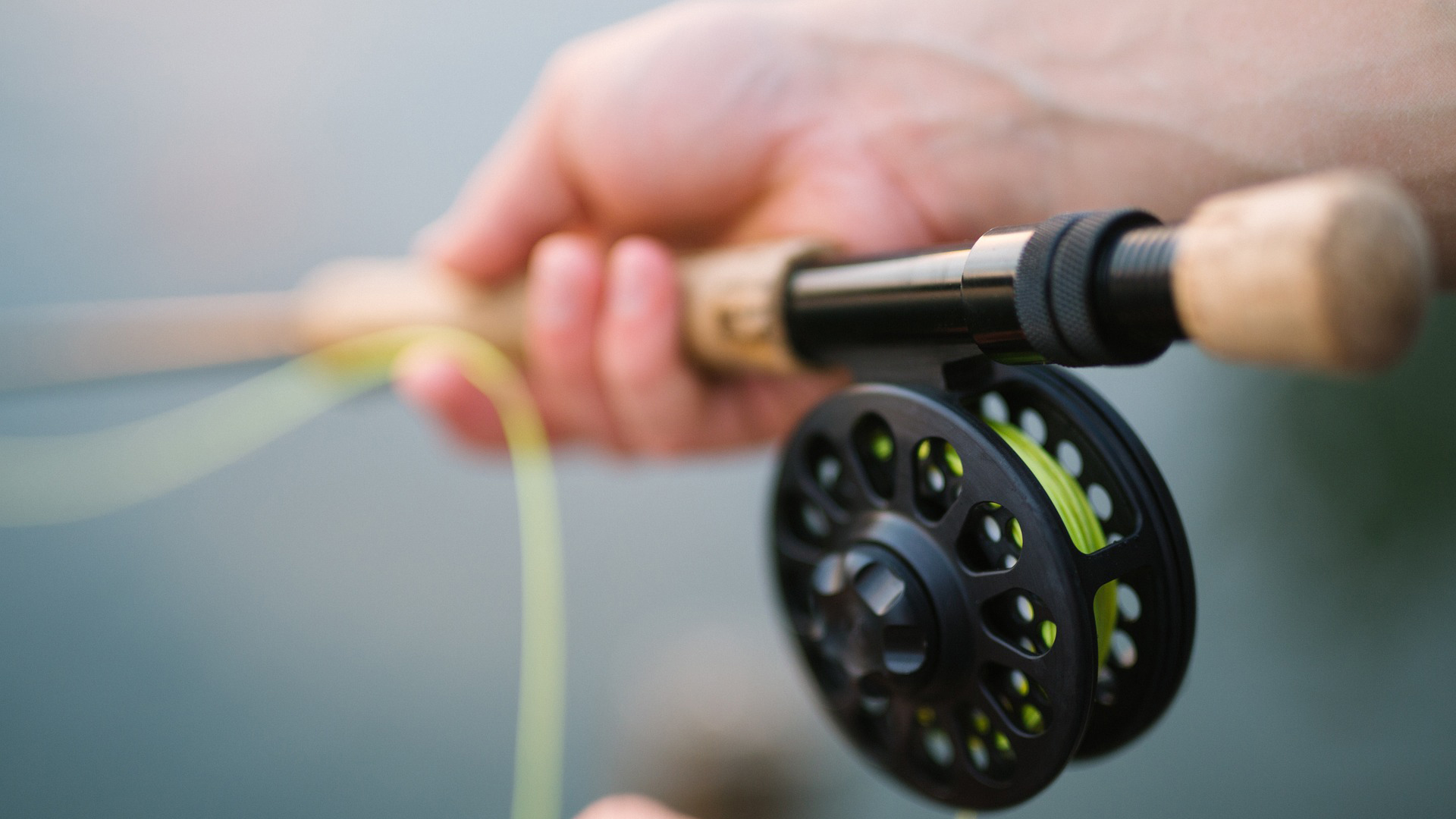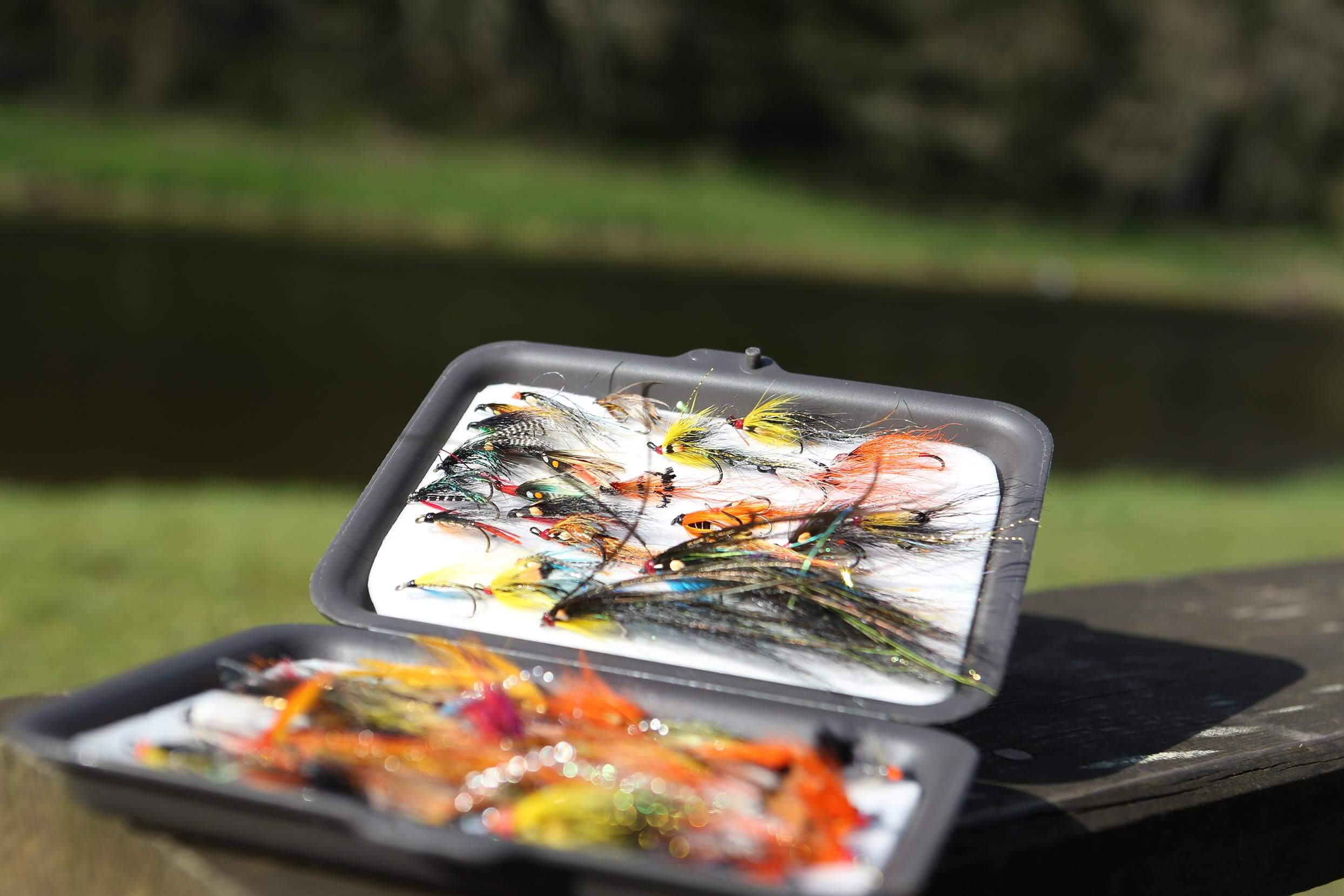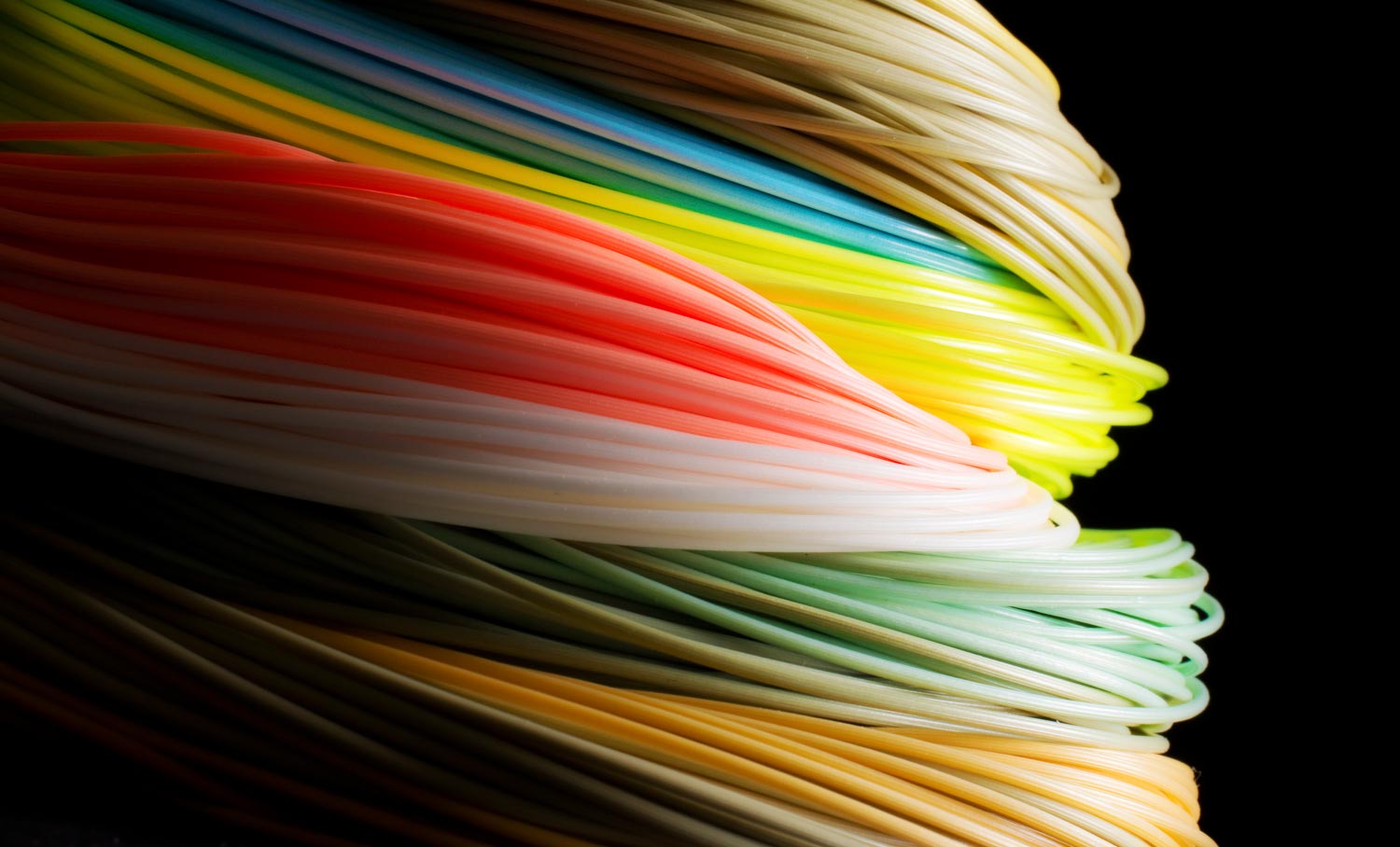New to the River Thurso
Fishing a new river for the first time can be a challenging prospect, what equipment will I need, what clothing, what flies, the list goes on...........
Fishing is by fair fly only, with a maximum of 2 rods per beat and fishing with bait, prawn, worm, spinner, spoon or any other lure is expressly forbidden. Fishing is from both banks.
Size
The Thurso is not a big river in terms of size, the river is not wide, there are only a few places where the far bank is less than a competent cast away. It is not a deep river, most of the river is no more than 5ft in depth, but there are a few spots where it drops to 10ft or more.
Character
The Thurso has it own unique character, an angler who fishes for a week, will fish different parts of the river each day. All the fishing is double bank and with only two rods per beat you have plenty of space to fish. Details of all the beats can be found in the river info section.
Wading
Wading is not required, however there are a number of pools where quiet wading can put you in a better place to catch a fish and certainly deep wading is not required. Most anglers choose to fish with chest waders, more for comfort and warmth than anything else and they are also useful for negotiating the small burns that feed into the river! In normal circumstances most of river can be fished in wellington boots. The exception is Loch Beg, where wading can be very useful, especially if it too windy to take the boat out.
Wind
A feature of Caithness is that its countryside is open and there is usually a breeze blowing, which is not a bad thing, but it is worth looking at the wind forecast before you travel. If it is going to be breezy a longer rod coupled with a heavier line might be helpful.
Midges
Normally there is enough wind to keep the midges at bay, but a midge net doesn't take much space up in the suitcase!
Somebody said there is no such thing as bad weather, just wrong clothes!
There is nothing more miserable than being cold and wet. Caithness is not the south of France and even in the summer a good few layers might be needed. If you gain no more advice from this entire web site than you do from this page, you will do well. Bring warm clothes, and plenty of them, you can always take them off. Caithness is renowned to deliver 4 seasons in one day - literally at any time of year. The wind can blow over the flow country, and particularly when coming from the north or east can be bitterly cold. Most rods fish with chest waders, but this is mainly a comfort thing as it helps keep you warm and dry.


There is not enough space on this web site to talk about all the rods you could use and as with all rivers rod requirements can vary greatly on the Thurso depending on the time of year, height of water, type of line, and - of course - personal preference. But we would urge all angers visiting the Thurso to look at the conditions before they travel. If the river is low, there is no doubt that a lighter approach will yield better results.
Generally, for Spring and Back-end fishing you would do well with a 14' or 15' rod when you will typically be using heavier flies, heavier lines and (all being well) fishing bigger water too. With this size of rod you will comfortably access every pool on the Thurso.
For mid-season it really is dependant on conditions - particular river height. Personally, if the river height is around 12" or less, then I like to use a large trout rod - perhaps 10'6 or 11'. With this you can access most pools with relative ease, you are using small flies and a floating line and it really does give you a great bit of sport - no matter how small or large the fish on the end! However, for some parts of the river - such as Beats 12, 7, 6 and 5 then a larger rod can help to cover your water with a little more ease.
If you were limited to a single rod to cover all conditions an 8# 13ft rod with a variety of lines, or a multi-tip system, would cover most situations.
We all have our own preferences when it comes to flies and fishing a fly that you have confidence is the best fly to use. And hopefully we can give you a few pointers to boost your confidence.
Now, let me begin by being straight with you. I'm not going to tell you everything you need to know about what works, when, on the Thurso - otherwise where would the fun be! However, I will give you a lot of pointers in the right direction. Between January and March you would be best to use between a 2" and 3" tubes or coneheads preferably with a barbless double. Much depends on river height, but generally fairly large tubes work well. If you like to fish a double at this time of year then a size 2 or 4 should suffice. Once the season starts progressing you can decrease your fly size to around an 1"-1.5" tube and size 6 or 8 double. If the water height starts to drop away then very small doubles - 10's or 12's tend to work well, often forfeiting a tube for a small double or two.. Towards the end of the season you would do well to go back to slightly larger flies. Anglers can purchase flies, all tied by a Thurso angler and ghillie from the Ulbster Arms Hotel reception.
With regards to patterns, flies such as the Willie Gunn, Tosh, ,Park shrimp, Silver Wilkinson, Thunder & Lightning, Yellow & Orange, and Fast Eddie work well on tubes. Alley's Shrimps, Hairy Mairy, Stoats Tails, Thurso Dowg, Golden Demon, Munro Killer, Macartair, General Practitioner, Templedog, Kerrie's Killer, Red Demon, Copper King and Fast Eddie fish well as doubles.


With such a wide variety of line choice available these days, it's difficult to give advice on what to use as so much is down to personal preference. Here is some of my personnal recommendations. Firstly - bring a floater, an intermediate and a sinker! At the beginning of the season (up until around mid-April) you will have most success with a sinking line as the fish will typically be lying low due to the lower temperatures. Depending on the height of the water, you may find it easier with an intermediate.
The same is true towards the end of the season, although I've also had success on a floater at this time as well! During the middle of the season - when temperatures rise ro 50 deg F and above - unless we have particularly high water, then a floating line (or a sink tip) will suffice nicely, and in my opinion nothing can beat that bow wave coming straight for your fly and having to hold your nerve until you feel him turn and pull!
We do, however, recommend double taper lines if at all possible. These are very much recommended by the local ghillies and will make your casting and fishing experience so much more enjoyable!